Flavor and taste characteristics and producing area information of Xidamo Huakui coffee beans the difference between Sakui and Yega Xuefei
Professional coffee knowledge exchange more coffee bean information please follow the coffee workshop (Wechat official account cafe_style)
For more boutique coffee beans, please add private Qianjie coffee on Wechat. WeChat account: qjcoffeex
Sidamo Sakuran Coffee is a native variety of Ethiopia, famous for its explosive aroma and sweetness, and its taste is very recognizable. It has won the honor of the first place in the Ethiopian International Coffee Cup to produce sun beans in 2017, and this batch of raw beans was named Sakuran in the capacity of champion. In the harvest season (December-January), its unique growth environment and natural climate create the unique flavor of Huakui.
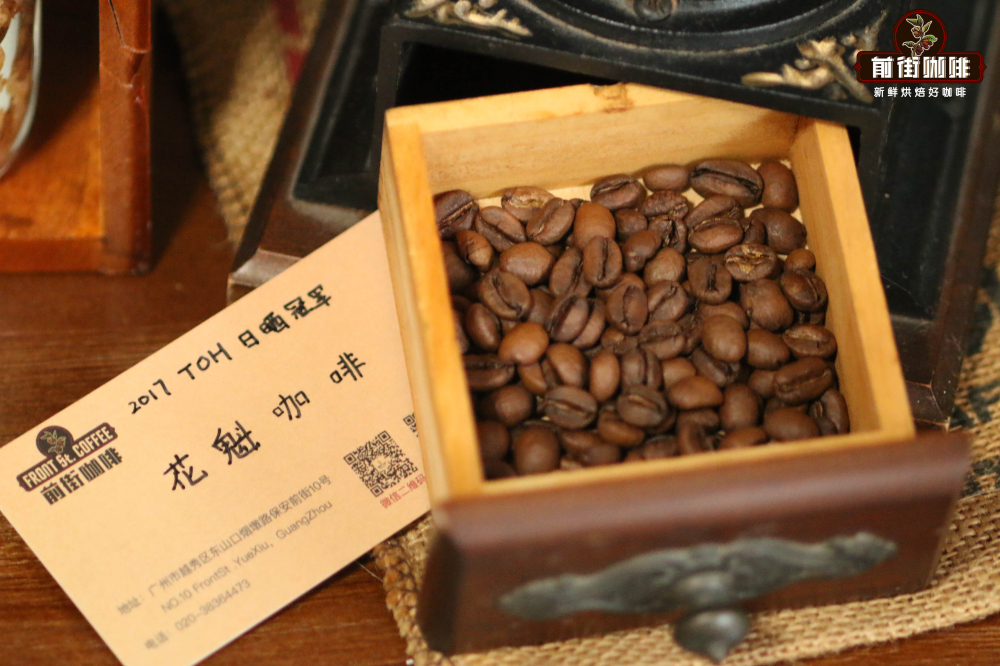
This Sidamo Sakuran only chooses all red fruit, fully ripe coffee cherries, all manual picking, African scaffolding to air, sugar content more than 21 before starting sun treatment, 24-hour uninterrupted regular turn, to ensure uniform sun and ventilation, coupled with low-temperature fermentation for 21 days (usually more than ten days in the sun), more accurate grasp of the degree of fermentation, so the sweetness is quite high. After cup testing and hand-flushing debugging, the wet fragrance has a strong aroma of wine and flowers, which is like drinking a cup of strawberry fruit tea.
Qianjie coffee was determined by cup test that the flavor of Huakui coffee beans was as follows: strawberry, red wine, peach, cherry, berry sour and sweet, rose aroma, good aftertaste, red wine fermentation flavor accompanied by tropical fruit sweetness.
Information about the origin of Sidamo
Sidamo coffee is cultivated between 1400m-2000m above sea level. The industry here is dominated by agriculture, and the main growing area of coffee is around the Great Rift Valley (Great Rift Valley) of East Africa. Sidamo has developed rapidly in recent years and is an important distribution center for coffee export. The coffee flavor of Sidamo is very diverse, and the different soil types, microclimate and countless native coffee species make the coffee produced in each town have obvious differences and characteristics.

Coffee beans in the Sidamo area are usually treated in the sun, which increases the layering of the coffee bean flavor, making it more fruity and smoother than the average bean.
Grading of Sidamo raw beans (according to the amount of defects in every 300g raw beans)
Grade
Number of defective beans (per 300g)
Grade11-3
Grade2
4-12
Grade3
13-25
Grade4
26-45
Grade5
46-90
Before the emergence of the Ethiopian Commodity Exchange (Ethiopia Commodity Exchange referred to as ECX), Ethiopia's coffee export grade was established by the CLU Department of the Ministry of Agriculture (Cupping and Liquoring Unit), which mainly graded coffee raw beans according to the number of defective beans in 300g, as shown in the table below. General washing treatment is G1-G2, due to the technical problems of sun treatment at that time, the number of defects of raw sun beans is relatively large, generally G3-G5, with the improvement of sun treatment technology, now the sun beans can also reach the G1-G2 level. Among them, boutique and commerce are aimed at the export international market. ECX divides coffee raw beans into nine grades according to the total score of physical attribute characteristics and cup test flavor characteristics, of which the physical feature score accounts for 40% and the cup test mass score accounts for 60%. Physical characteristics (40%): washing treatment: number of defects (20%), appearance size (10%), color (5%), odor (5%) non-washing treatment: number of defects (30%), odor (10%)
Grade
Washing / non-washing fraction
Grade1
91-100
Grade2
81-90
Grade3
71-80
Grade4
63-70
Grade5
58-62
Grade6
50-70
Grade7
40-49
Grade8
31-39
Grade9
20-30
Then, the G1-G3 was tested again according to the SCAA standard, and its flavor properties were evaluated in more detail, and the G1 and G2 with no less than 85 points were rated as Q1; the G1 and G2 G3 between 80 and 85 were rated as Q2; all G1 G2 G3 with less than 80 points were rated as G3; Q1 and Q2 were classified as boutique grade export. G4-G9 remains unchanged and is classified as commercial grade export together with G3.
Sidamo coffee treatment
Washing coffee consists of the following steps: bean selection, pulp removal, hair alcohol, water washing, drying, shelling, selection and classification. The ripe coffee fruit is selected by soaking and screening. After mechanical peeling, the mature coffee fruit is either fermented in a fermentation tank, and the pectin is removed by making use of the bacteria 'ability to decompose the colloid, or a more powerful machine is used to brush all the colloids off the surface of the raw coffee bean. After washing, dry the coffee beans or dry the coffee beans with the help of a dryer to reduce the moisture content to about 12%. The coffee treated by washing has the advantages of clear flavor, obvious acidity, good cleanliness, moderate touch and the most consistent quality of raw beans.
Sun treatment is the oldest method for the treatment of coffee beans, which is also known as "natural drying". In this method, coffee beans are directly exposed to the sun for as long as 27-30 days. in the process of drying coffee, it is worth noting that excessive sun exposure will cause coffee beans to break up and lead to bad beans, although the operation process is relatively simple, but the sun-treated coffee beans do not look good. Therefore, it is unpopular. Different from the clean flavor of water washing, sun-dried coffee beans are more complex and have outstanding comprehensive flavor. The biggest difference between water washing and sun treatment is that the sun treatment lacks two processes of removing floating beans in large water tank and pulp filter to remove immature fruit, so the rate of defective beans in sun treatment is higher. Next, let's take a look at the different coffee beans of Front Street Coffee Sidamo.
Ethiopian Sidamo Alsi coffee beans
Region: Arsi;Sidamo
Altitude: 1900-2200m
Variety: original species
Processing: insolation
Cooking flavor: berry, honey, plum, nectarine, mango, juice-like taste
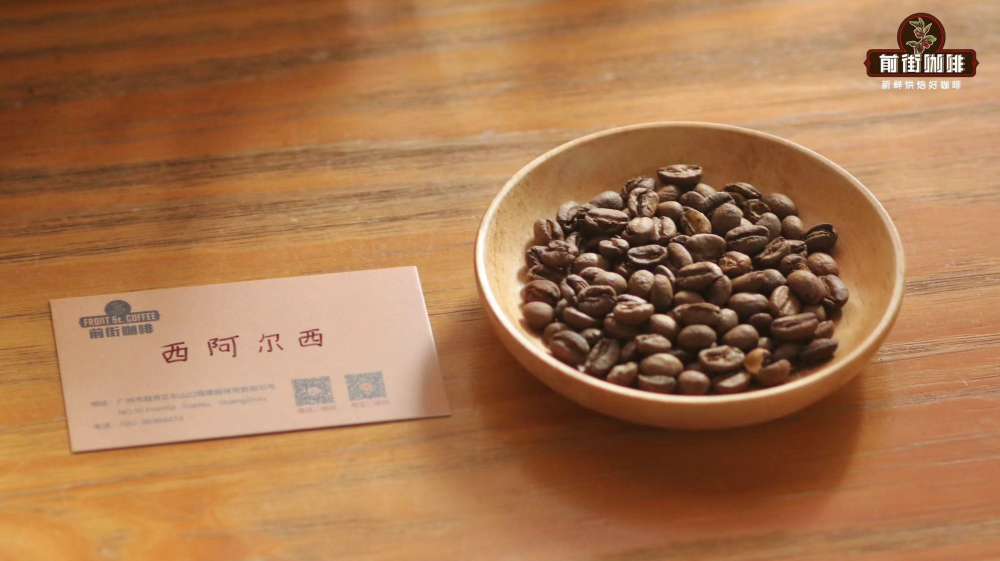
Ethiopian Sidamo Huakui coffee beans
Region: Guji;Sidamo
Processing plant: Buku Albe
Altitude: 2250-2350m
Variety: original species
Processing: insolation
Cooking flavor: Jasmine, fermented wine, berries, jasmine and other fruit flavors.
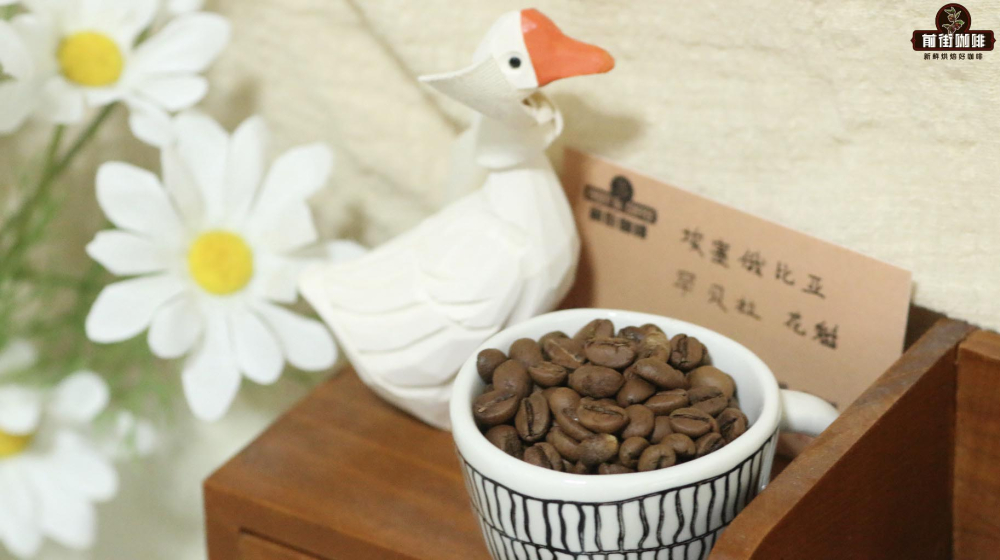
Qianjie Coffee Sidamo Coffee Bean hand-brewing suggestion
Filter cup: V60 water temperature: 90-91 ℃ powder / water ratio: 1:15 grind degree: medium fine grinding (fine sugar size / China 20 standard sieve 80%)
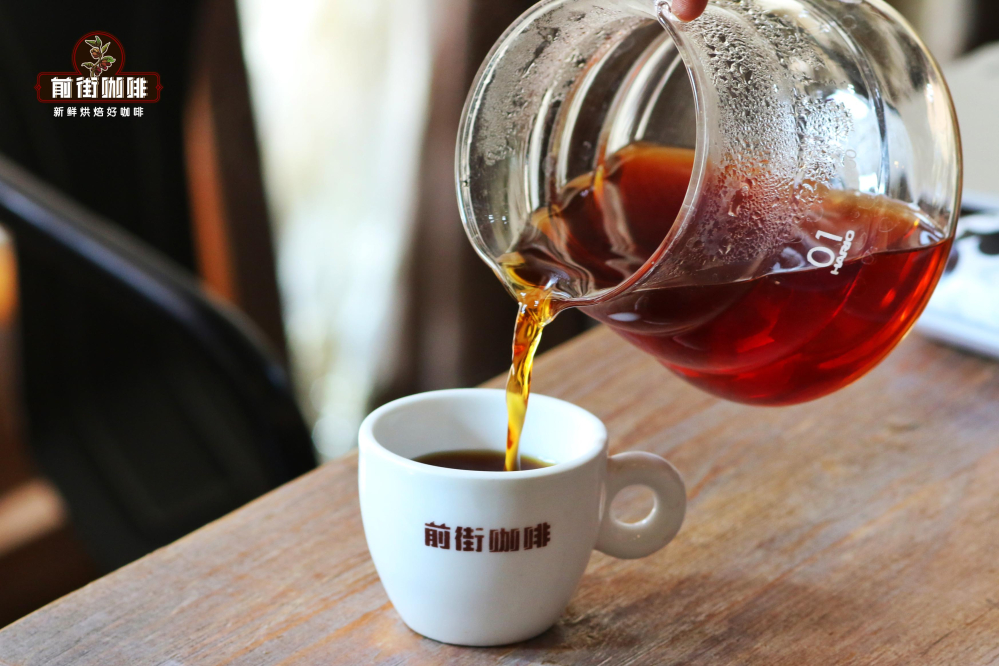
Segmented extraction of Qianjie Coffee
Steam for 30 seconds with water with twice the amount of powder, separate the small flow when injecting water around the circle to 125 grams, continue to inject water to 225 grams when the water level is about to be exposed to the powder bed, remove the filter cup after all the injected water passes through the coffee particles, and the extraction time is about two minutes.
Important Notice :
前街咖啡 FrontStreet Coffee has moved to new addredd:
FrontStreet Coffee Address: 315,Donghua East Road,GuangZhou
Tel:020 38364473
- Prev
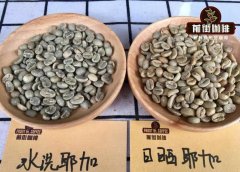
Yega Xuefei Coffee Bean producing area and its treatment the taste characteristics of Yega Xuefei how to cook it to taste good
Ethiopia, a country full of wonders, is where Arabica coffee comes from. Among them, Yejia Xuefei is accepted by the public because of its clear and bright flavor, and is called the entry bean of coffee lovers. Now let's take a brief look at Yega Chefe Coffee! Producing area information Ethiopia is located at 6 ~ 9 degrees north latitude and 34 ~ 40 degrees east longitude
- Next
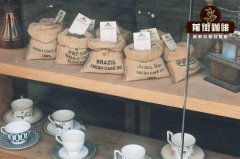
Why do Ethiopian coffee beans have good quality? what conditions do high-quality coffee beans need?
The planting and growth of coffee trees need strict environmental requirements. Climate, altitude, soil, as well as the way coffee beans are picked and the process of production will affect the quality of coffee. First, the elevation of Ethiopia is mainly mountain plateau, most of which belong to the Ethiopian plateau. The central and western regions are the main body of the plateau, accounting for 2% of the whole territory. 3. The East African Rift Valley runs through the whole territory, with an average elevation.
Related
- Detailed explanation of Jadeite planting Land in Panamanian Jadeite Manor introduction to the grading system of Jadeite competitive bidding, Red bid, Green bid and Rose Summer
- Story of Coffee planting in Brenka region of Costa Rica Stonehenge Manor anaerobic heavy honey treatment of flavor mouth
- What's on the barrel of Blue Mountain Coffee beans?
- Can American coffee also pull flowers? How to use hot American style to pull out a good-looking pattern?
- Can you make a cold extract with coffee beans? What is the right proportion for cold-extracted coffee formula?
- Indonesian PWN Gold Mandrine Coffee Origin Features Flavor How to Chong? Mandolin coffee is American.
- A brief introduction to the flavor characteristics of Brazilian yellow bourbon coffee beans
- What is the effect of different water quality on the flavor of cold-extracted coffee? What kind of water is best for brewing coffee?
- Why do you think of Rose Summer whenever you mention Panamanian coffee?
- Introduction to the characteristics of authentic blue mountain coffee bean producing areas? What is the CIB Coffee Authority in Jamaica?

